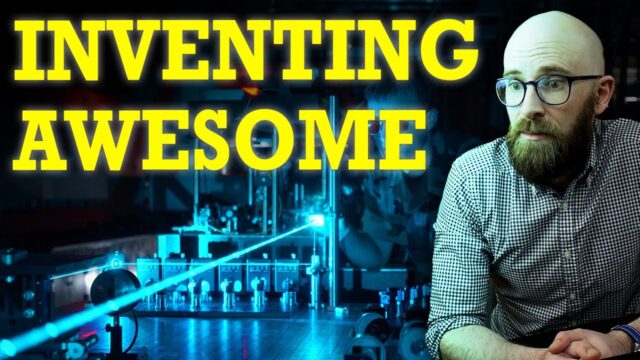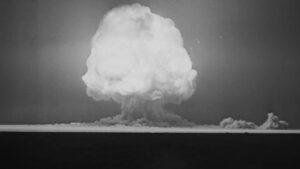“Unlocking the Light: The Genius Behind Lasers and Their Astonishing Secrets Revealed!”
While “energy beams” and “heat rays” have been a staple of fiction for centuries, most famously appearing in H.G. Wells’s 1897 novel The War of the Worlds, the practical history of the laser begins in the year 1900 with German physicist Max Planck’s discovery of quantum theory. While studying the electromagnetic radiation given off by heated bodies, Planck discovered that said radiation is not emitted continuously as predicted by classical physics but rather in discrete “packets” of a given frequency and energy – which Planck dubbed quanta. In 1911, Danish physicist Niels Bohr proposed an atomic model to explain the emission of quanta. According to Bohr, the electrons orbiting an atom’s nucleus can only occupy a series of discrete energy levels. When an atom is excited – for example, by heating or electrification – this causes electrons to jump to a higher energy level. These excited states, however, are unstable, and when the electrons inevitably drop back down to their original minimum-energy levels or ground states, the excess energy is emitted in the form of light quanta or photons – the energy and frequency of which is dictated by the electron configuration of the atom. As every kind of atom has a different electron configuration, this explains why different elements give off different wavelengths of light – their emission spectra – when heated. Six years earlier, Albert Einstein had shown that this process could also work in reverse and that an atom could absorb a photon and release an electron – a phenomenon known as the photoelectric effect. Interestingly, it was for this discovery and not his more famous theories of relativity that Einstein was awarded the 1921 Nobel Prize for Physics. In a 1917 paper, Einstein expanded on these ideas to show that, under certain circumstances, a photon can interact with with an excited electron in an atom, by causing it to drop an energy level and emit another photon, whose frequency was identical to that of the original photon. This process, known as stimulated emission, is fundamental to the operation of every laser.











